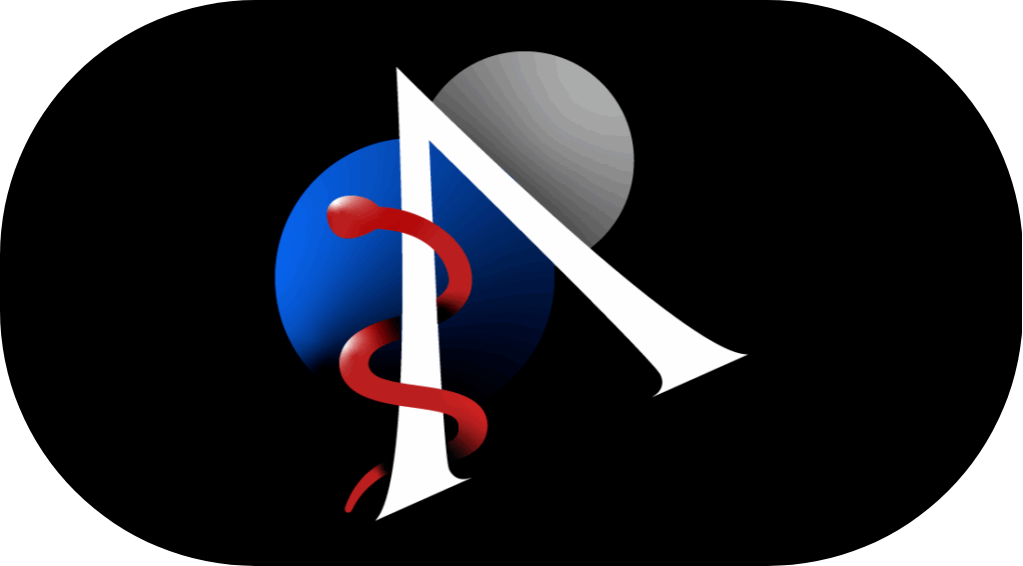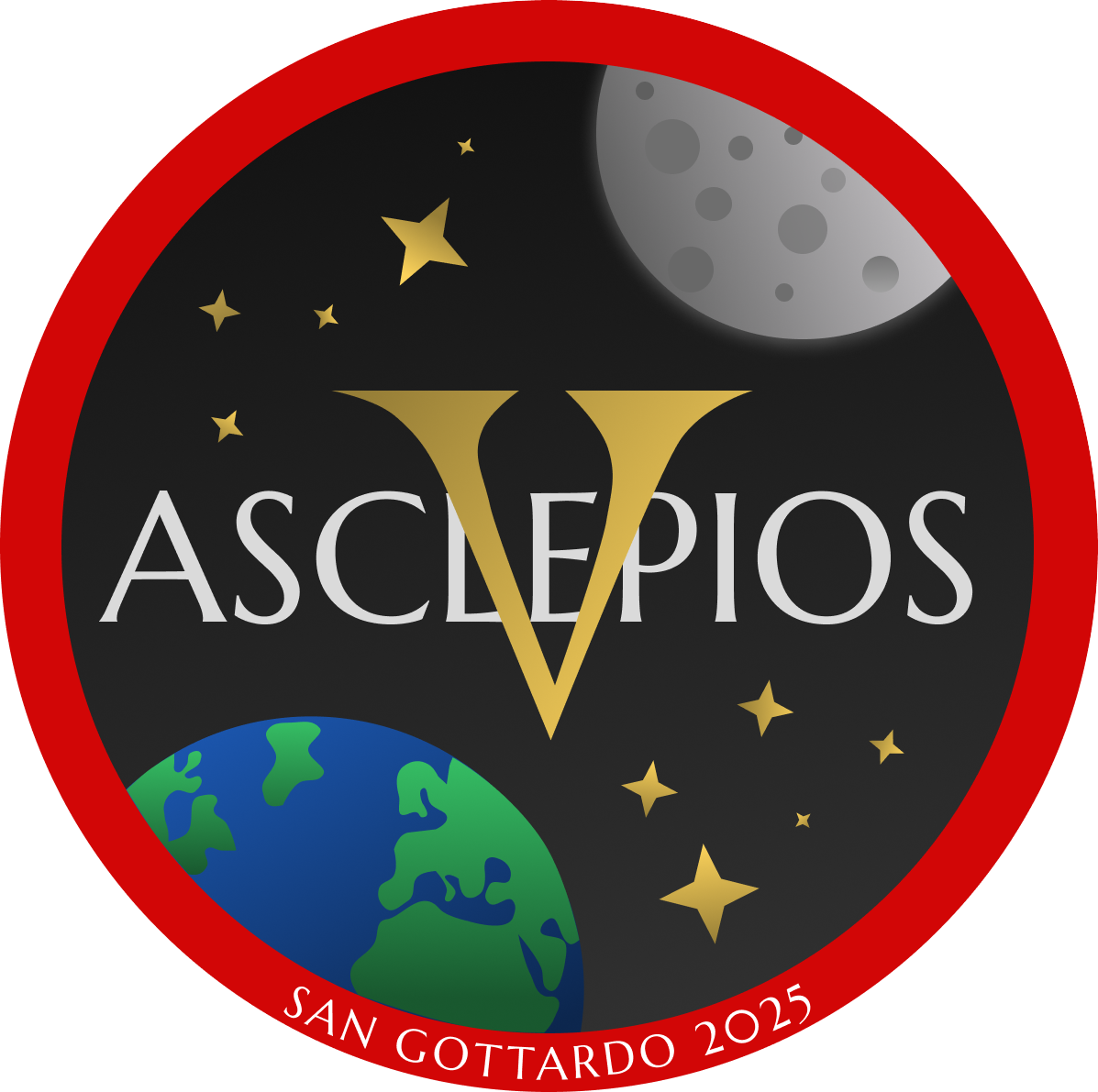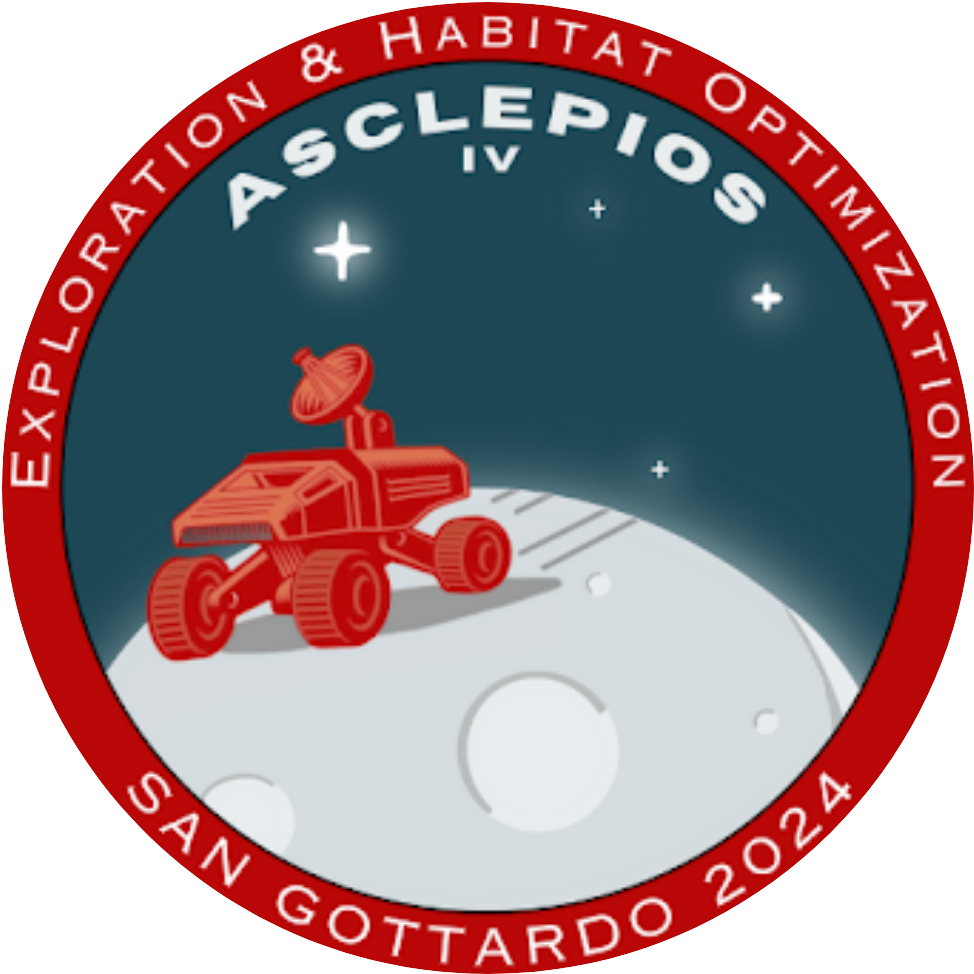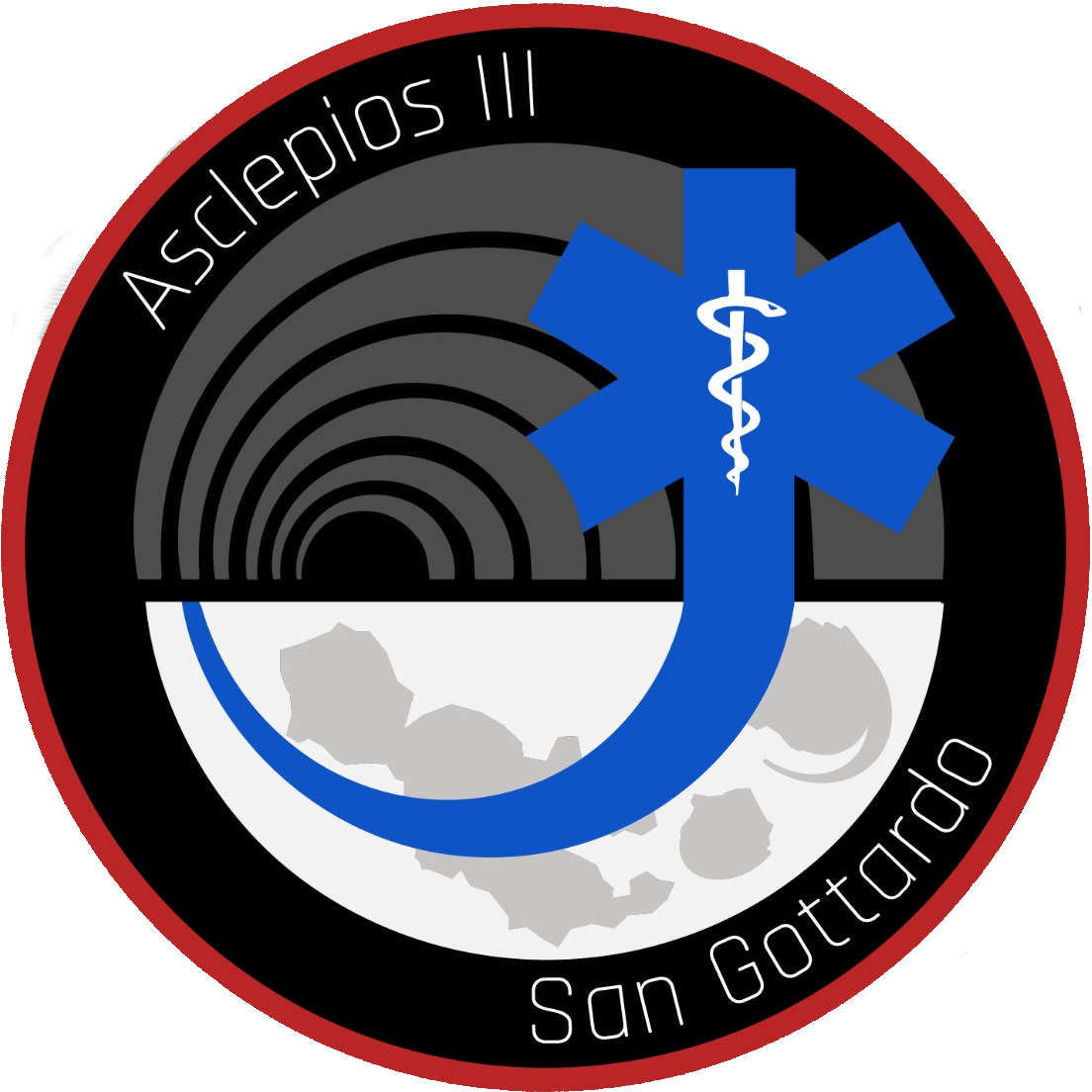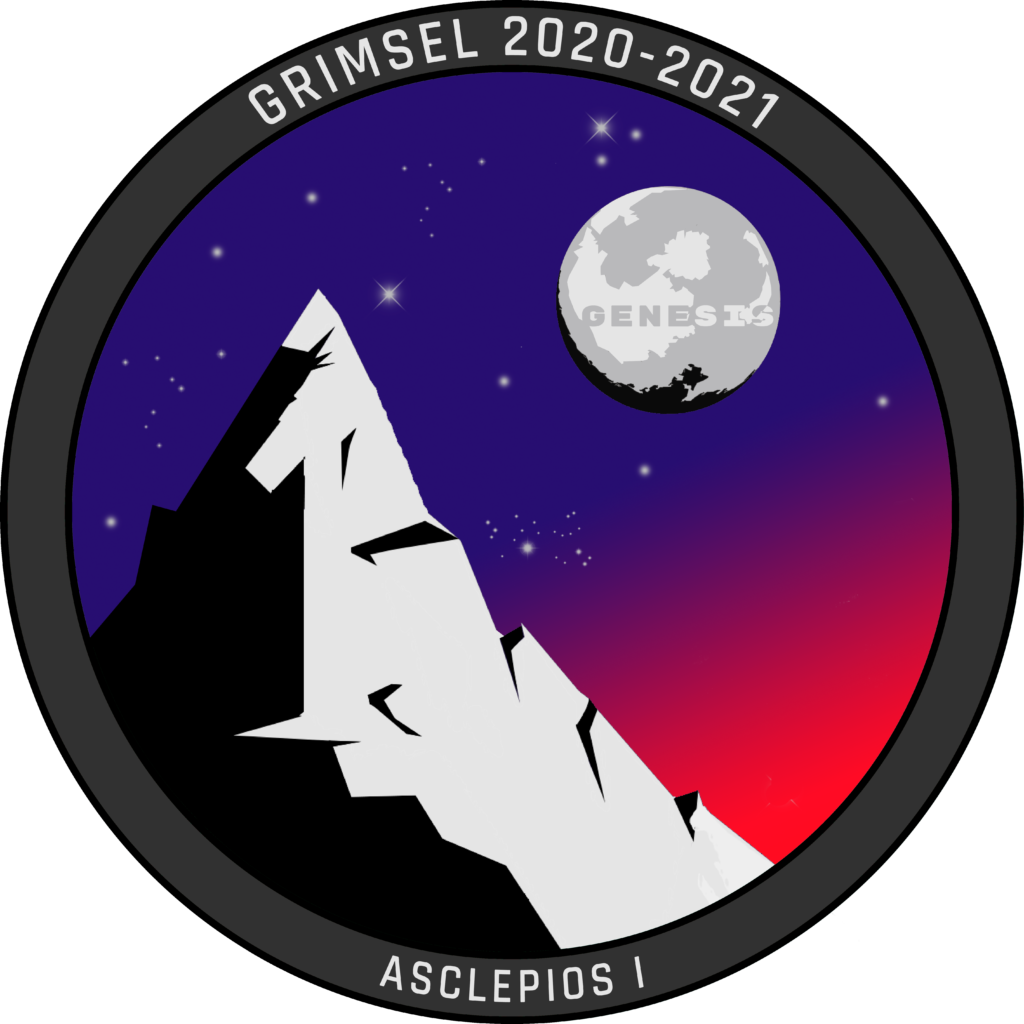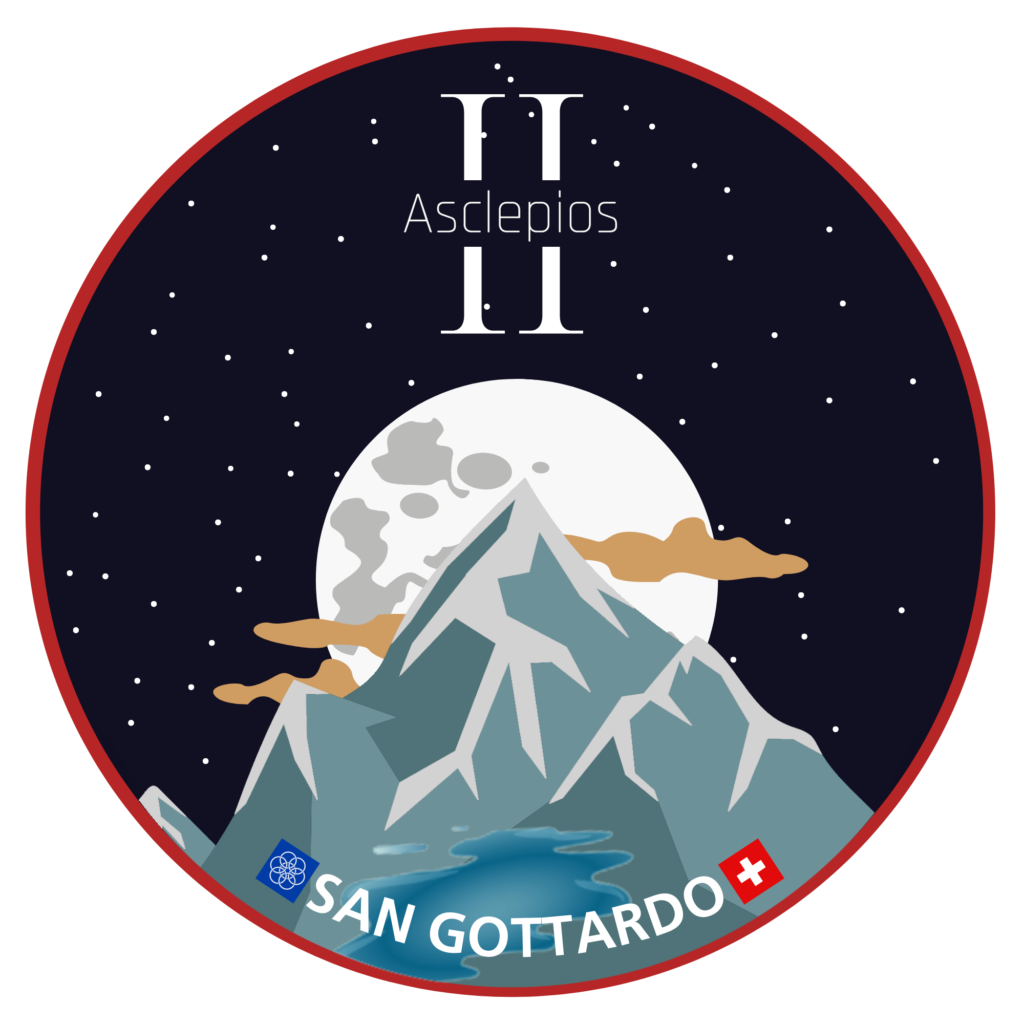
Patch design: Asclepios Team
Asclepios II
Asclepios II, our second analogue mission, was set in a Lunar South Pole environment. A crew of international analogue astronauts were placed in isolation in the swiss alps and carried out experiments and EVAs focused on robotics, microbiology, and astronaut’s physical and mental health. The mission itself took place at Sasso San Gottardo, Switzerland.
The Atlas Crew
This Asclepios II crew was composed of nine analog astronauts. The crew performed an analogue space mission in all its components: training and thorough preparation; maintain and perform repairs of their base if needed; conduct scientific experiments and communicate with the ground team of the MCC as would a regular astronaut crew. The astronauts have been drafted from students all around the globe whose level of study ranges from bachelor to PhD.

patch design: Asclepios Team
Elena López-Contreras
MSc in Aerospace Engineering at ISAE-SUPAERO
Nationality: Spanish
Age: 23
Role: Medical Officer
Katie Mulry
BSc in Aerospace Engineering at University of Texas, Austin
Nationality: American
Age: 20
Role: Base Engineer
Somaya Bennani
BSc in Mechanical Engineering at EPFL
Nationality: Moroccan
Age: 21
Role: Science Officer
Roman Pohorsky
PhD in atmospheric chemistry for Alpine and Polar regions
Nationality: Swiss
Age: 32
Role: CapCom
Felix von Horstig
PhD in Physics and Materials Sciences at University of Cambridge
Nationality: German
Age: 25
Role: Commander
Tatiana Lopez
BSc Aerospace Engineering at the University of Concepcion Chile
Nationality: Canadian/Chilean
Age: 22
Role: Communication Officer
Joshua Bernard-Cooper
MSc in Astronautics and Space Engineering, Cranfield University
Nationality: British
Age: 23
Role: Medical Officer
Zaria Serfontein
PhD in Aerospace Engineering, Cranfield University
Nationality: Irish/South African
Age: 28
Role: CapCom
Julia Pürstl
PhD in Materials Science and Metallurgy, University of Cambridge
Nationality: Austrian
Age: 26
Role: CapCom
Scientific Experiments
LEXICON
Principal Investigator: Saba Mohammadi Yengeje
The experiment tests collection of lunar dust during mining operations, to extract minerals, reducing waste of solid water mixed with regolith and the collection of Lunar Regolith as a by-product of the excavation process.

FIGURES
Principal Investigator: Nicolas Soulard – SGAC
The project goal is to contribute to closing the gender gap in human spaceflight and exploration through experiments that can be implemented in current and future analogue missions. The experiment specifically focuses on measuring physical and mental fatigue after each EVAs.
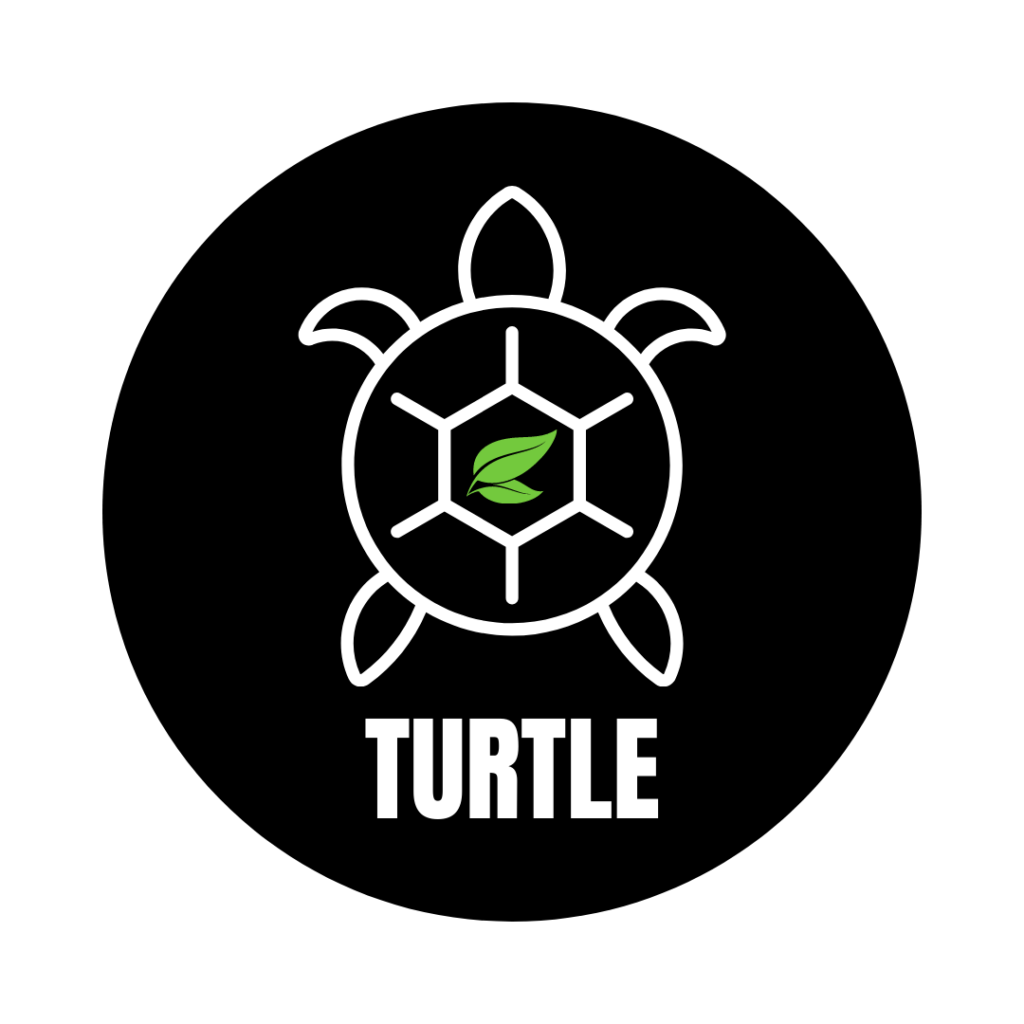
TURTLE
Principal Investigator: Floriana Scarpisi, Paolo Pino – SGAC
The experiment investigates crop cultivation by analyzing the regolith soil. Moist level, acidity, use of fertilisers and room temperature are all tracked in detail, to gather data on plant growth and edible mass.

Soil Periods
Principal Investigator: Estefanía Aguilar
The experiment investigates innovative ways to determine the period of the soil by using emission spectra. Specifically, the project aims at evaluating the accuracy obtained using the spectral coefficient H / V.
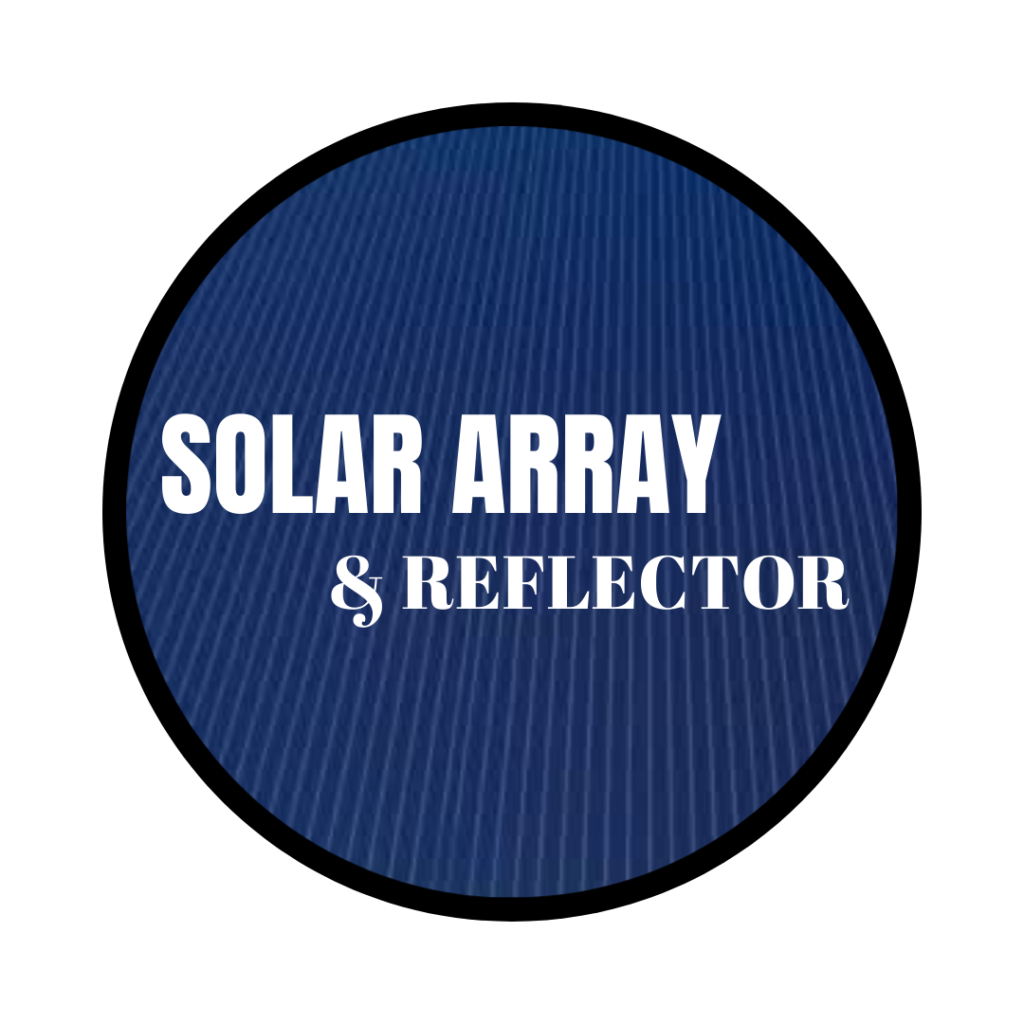
ORIGAMI – Solar Array Reflector
Principal Investigator: Vipul Mani
The project aims at developing a folding pattern for a solar reflector to be used inside a standard 1U CubeSat volume and test its possible deployment on analogue missions.
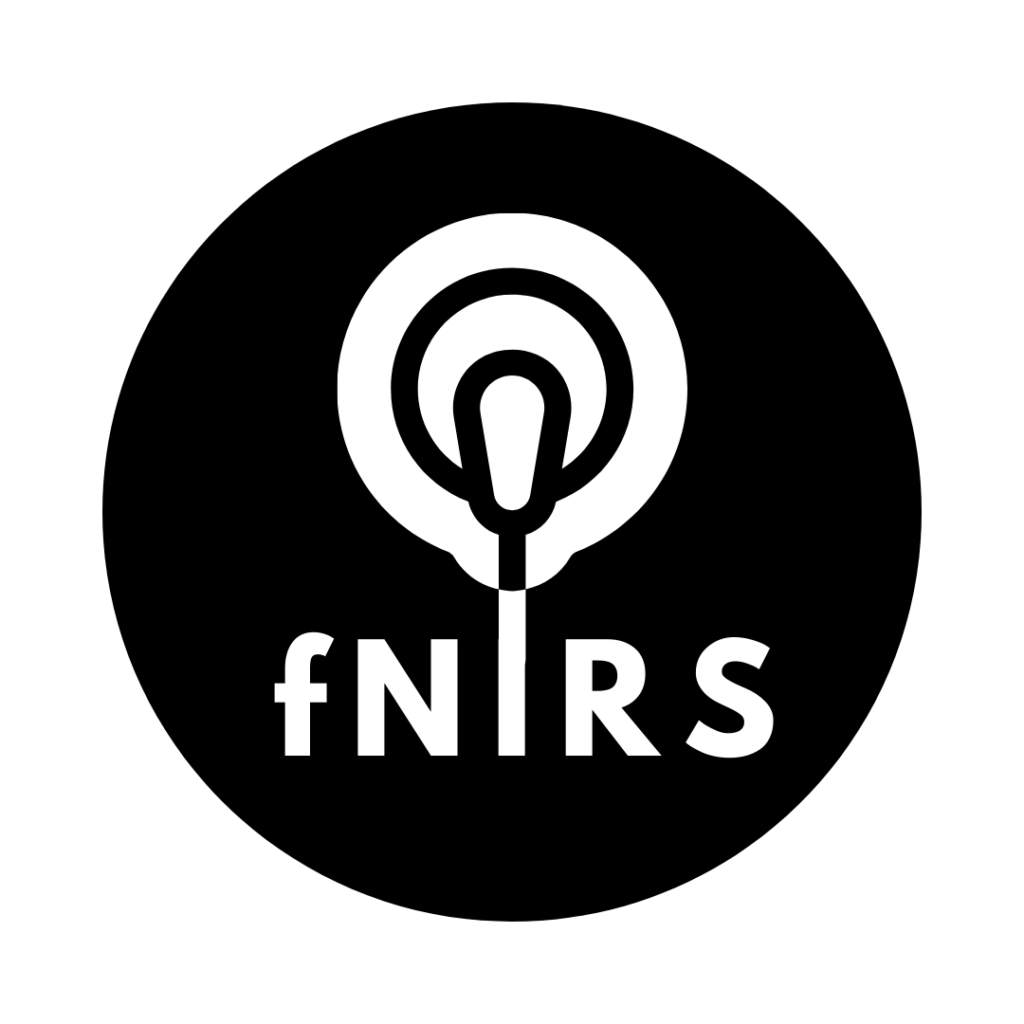
fNIRS
Principal Investigator: Jessica Studer
The experiment investigates the feasibility of a portable functional near-infrared spectroscopy (fNIRS) device as an imaging method for brain oxygenation alterations caused by increased workload activity in an isolated/confined environment.
The secondary goal is to evaluate the effect of a confined environment on prefrontal cortex (PFC) resource demand using a portable fNIRS device during a high resource demanding task.

Medication Management
Principal Investigator: Li Shean Toh
The experiment investigates the experiences and needs of medication management in a space analogue, with the goal of transfer these learnings to space exploration.

Diet
Principal Investigator: Kristine Atienza & Stavroula Chaloulakou
The experiment focuses on astronauts’ nutrition and factors that affect their nutritional choices and appetite. Its aim is to find nutritional countermeasures for major problems and complications that astronauts face during the mission, such as bone and muscle mass loss.
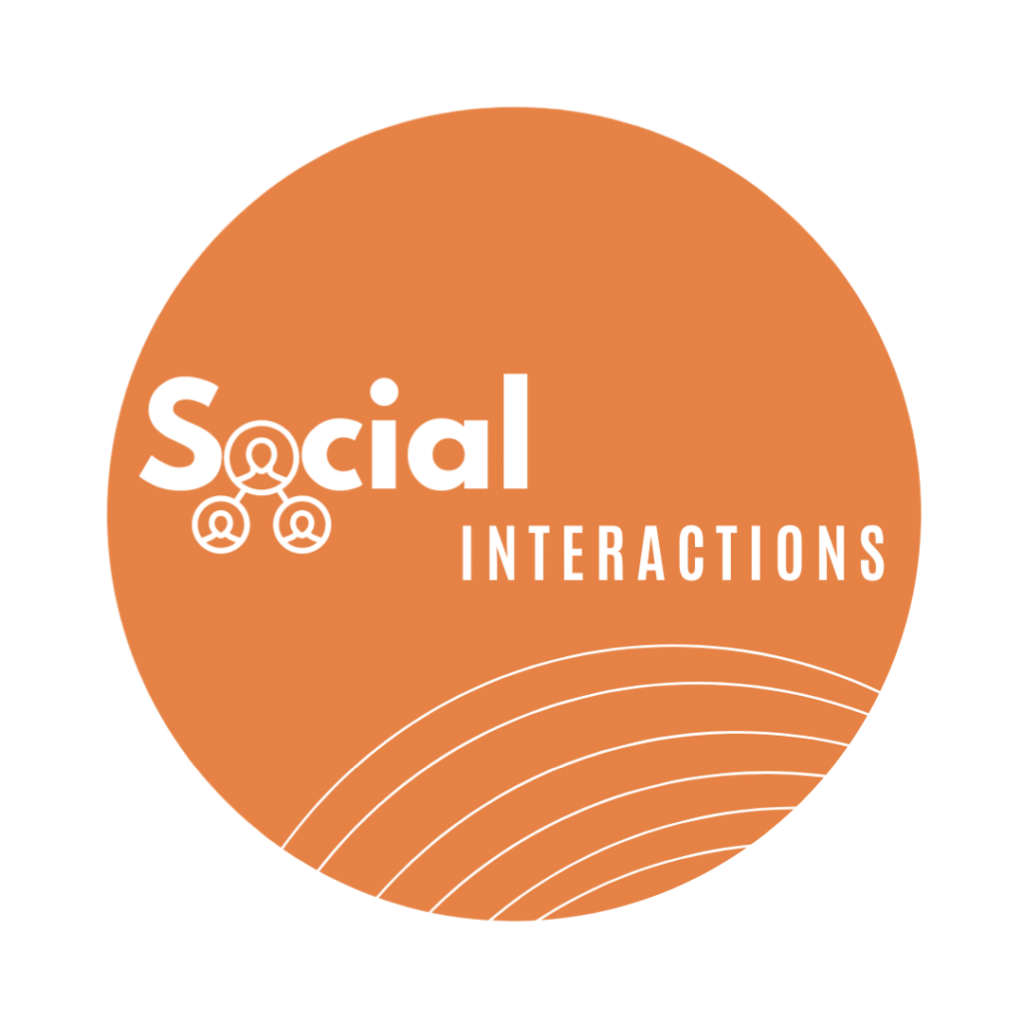
Social Interactions
Principal Investigator: Jérémey Roumian
The project evaluates how the process of making coordinations and interactions is changed in a confined environment. Its goal is to help prepare future space missions by providing data for astronaut training and group management in similar situations.
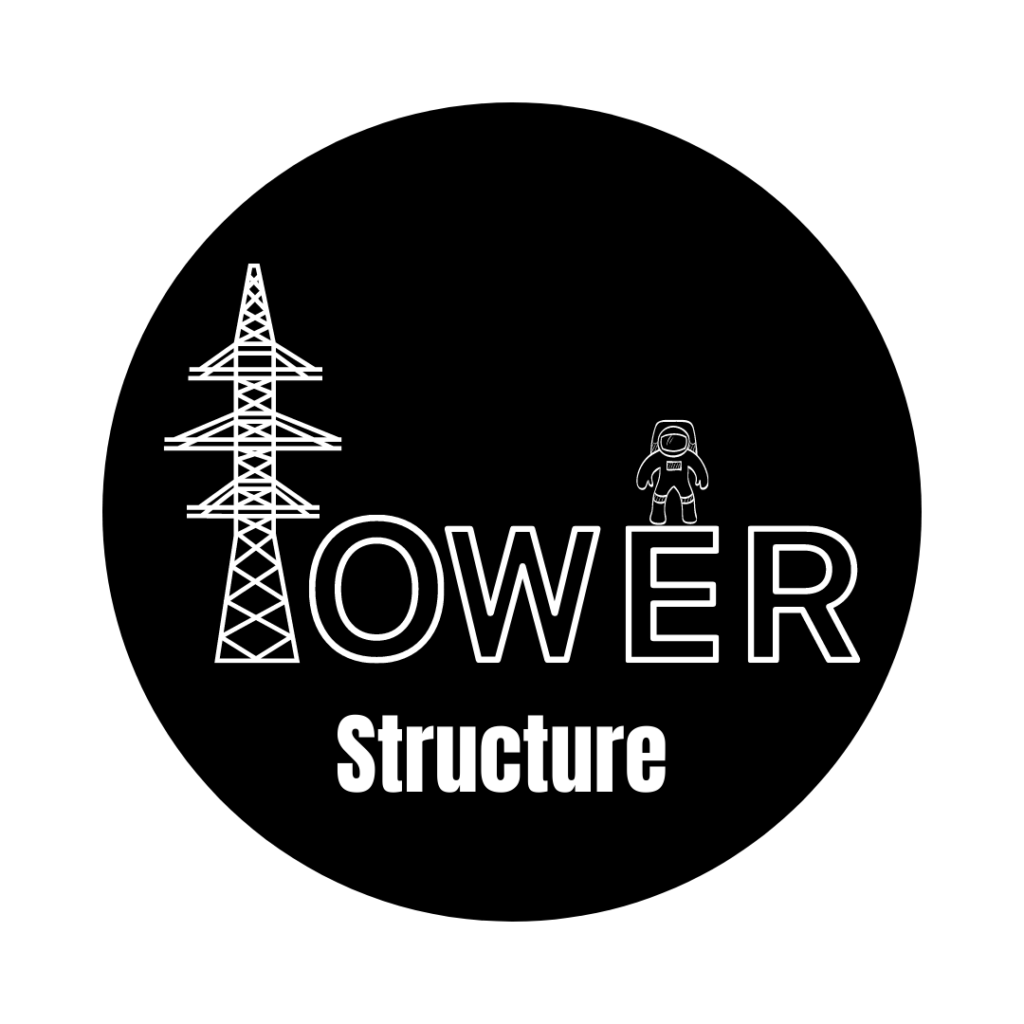
Tower Structure/Sensor
Principal Investigator: Iris Liechti, Florian Guillaumat, Tristan Décoppet and Pierre Tarazi
The project aims to build a mountable tower to carry out atmospheric measurements.
It is designed to be built on extreme environments and easy to assemble.
The project also comprises of a power box to power the measurement instruments that are placed on the tower.
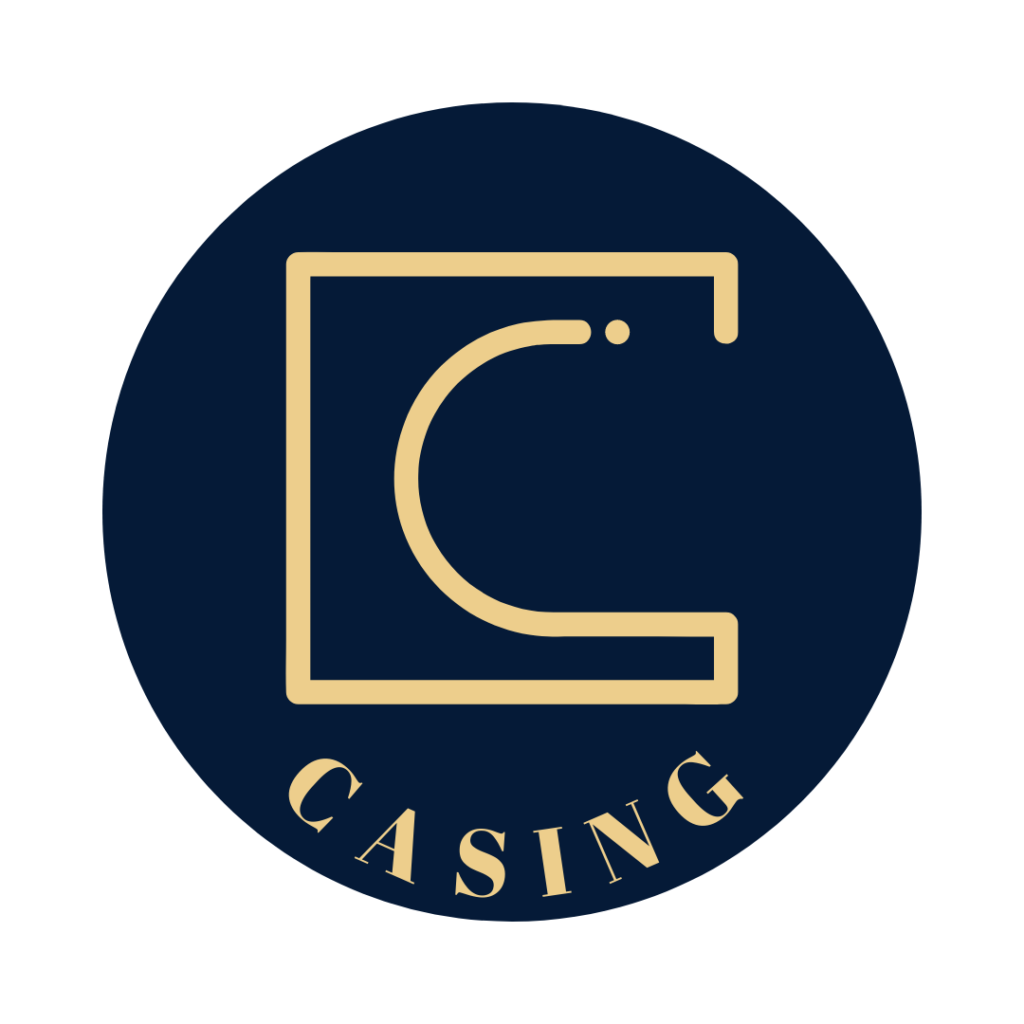
Casing
Principal Investigator: Kofel Donato
The experiment tests a casing specifically designed to protect equipment from extreme environment conditions. The equipment is encased in autoregulating temperature box. It can be used during EVAs, ensuring operability.
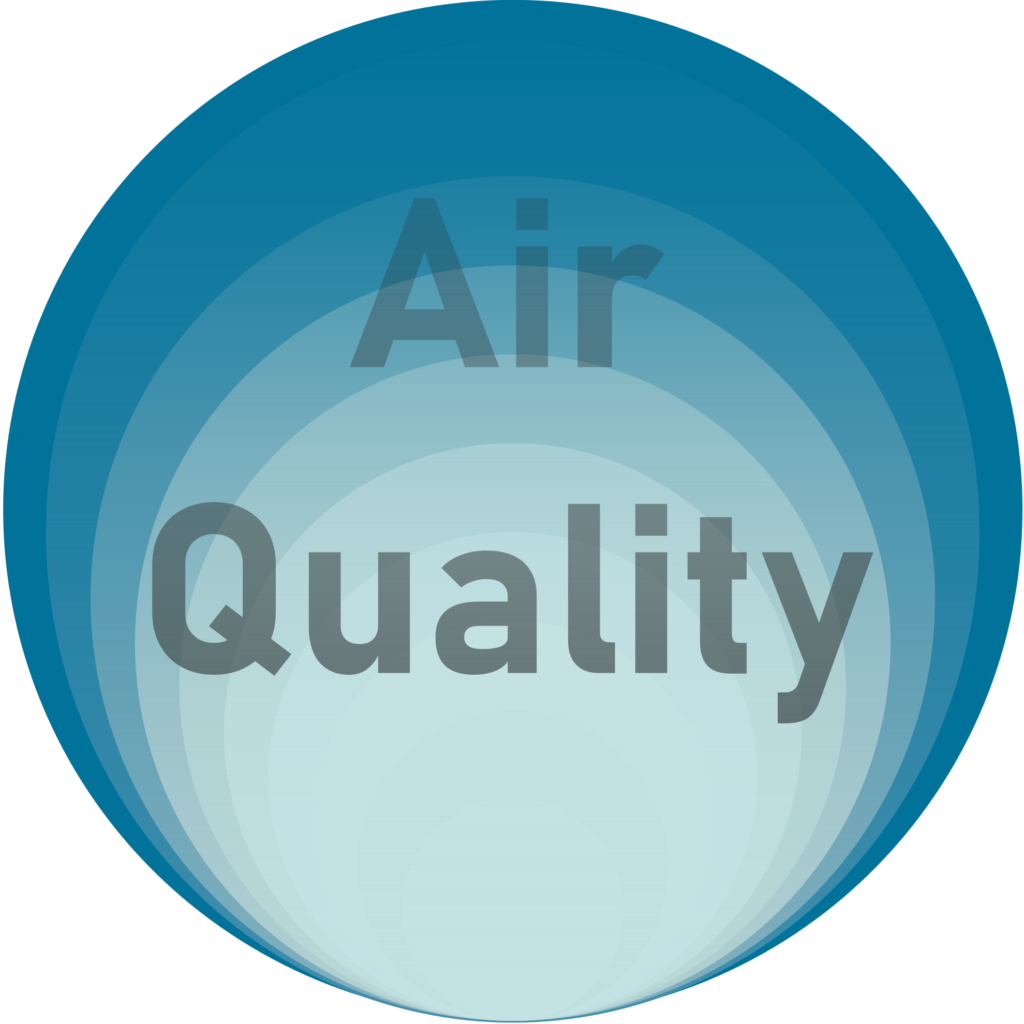
Air Quality
Principal Investigator: HOBEL – EPFL
The experiment’s goal is to understand the level of indoor air quality and thermal comfort in a simulated spacecraft cabin occupied by human subjects.
It proposes an optimal ventilation strategy with regard to well-being and safety of crew members.
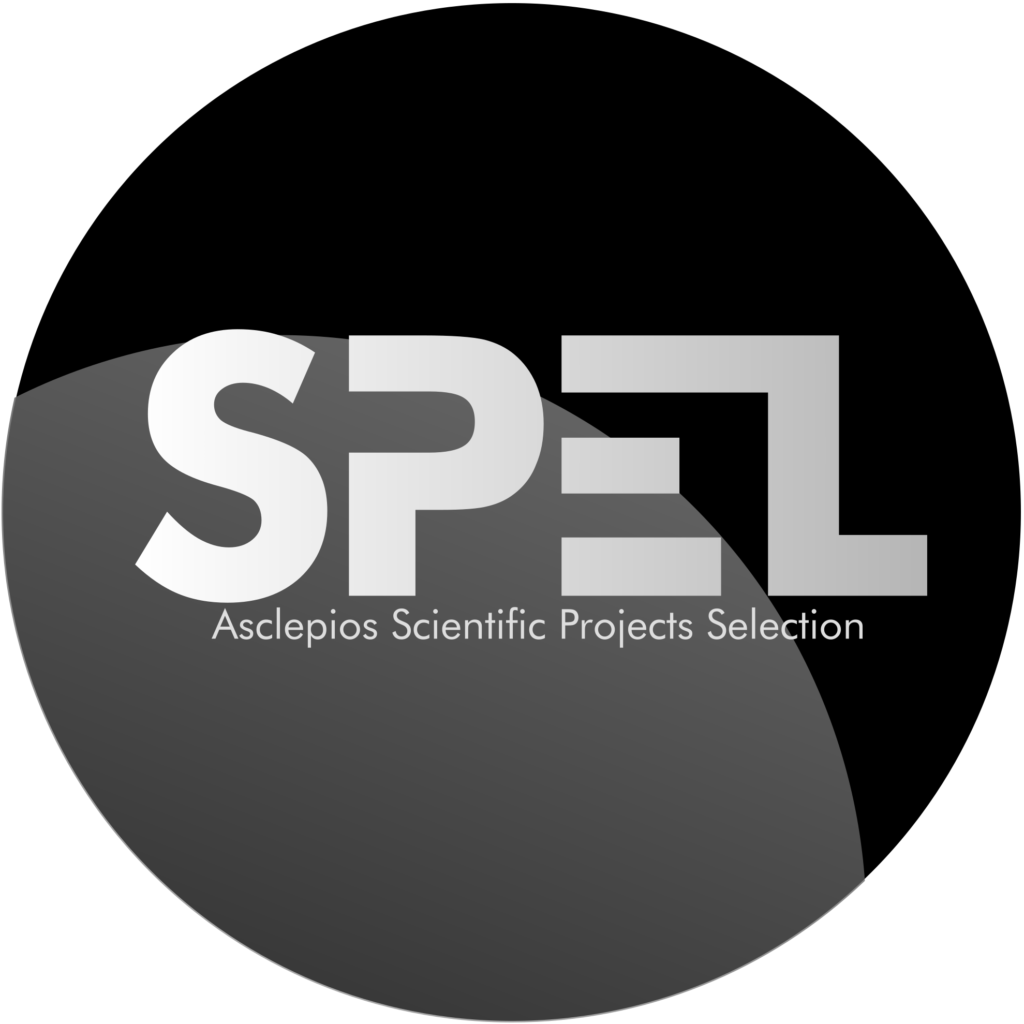
SPEL – Scientific Projects ELection
Principal Investigator: Veronica Orlandi
The project aims to create a method of design and selection for the scientific projects eligible for future Asclepios missions.
It delivers a handbook with the method, to be used in future missions.
Our Teams
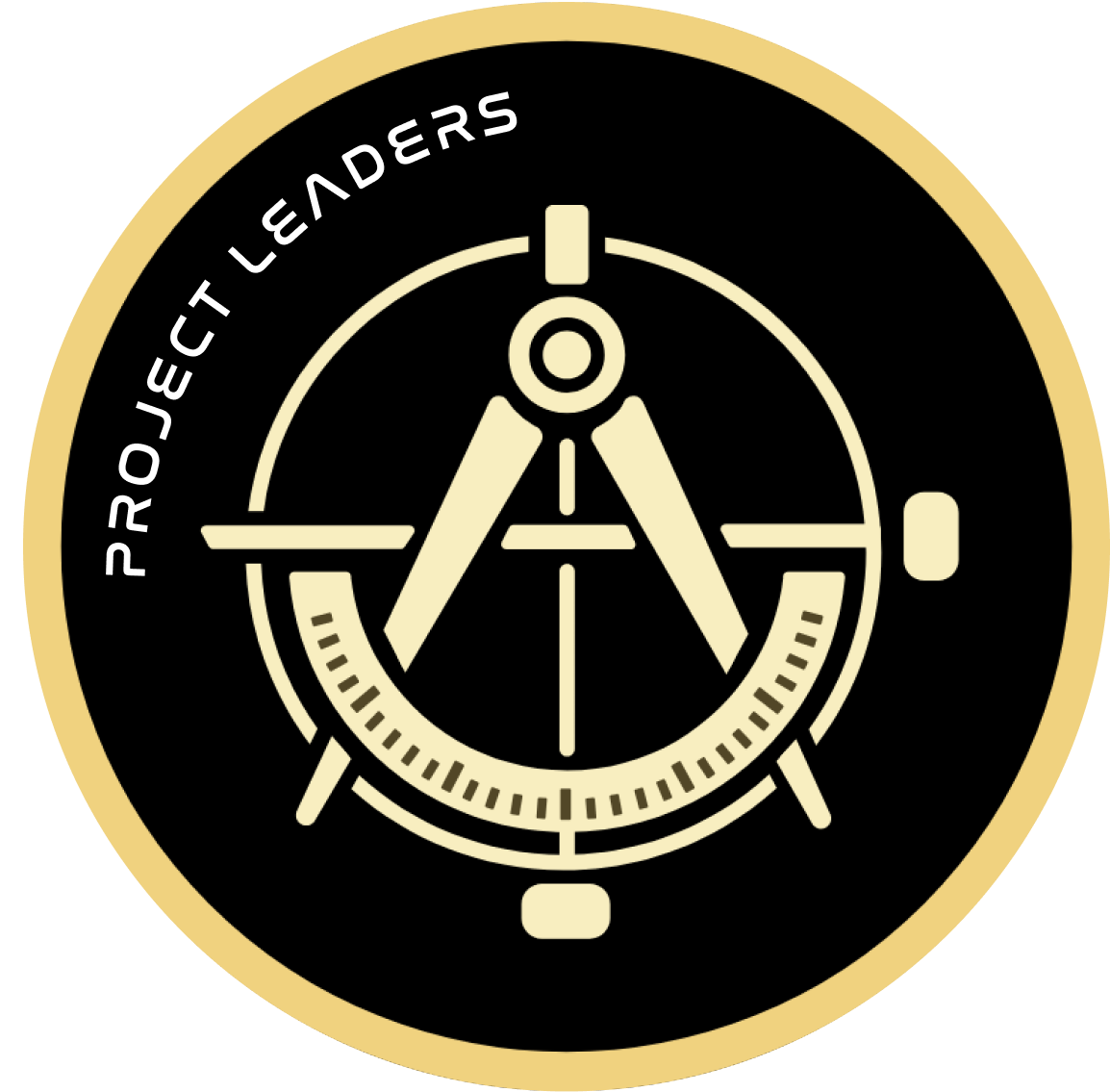
Project Leader
Veronica Orlandi
The project leader is the chief executive for the mission. They mentour, coordinate and support all the Heads with their teams’ activities.
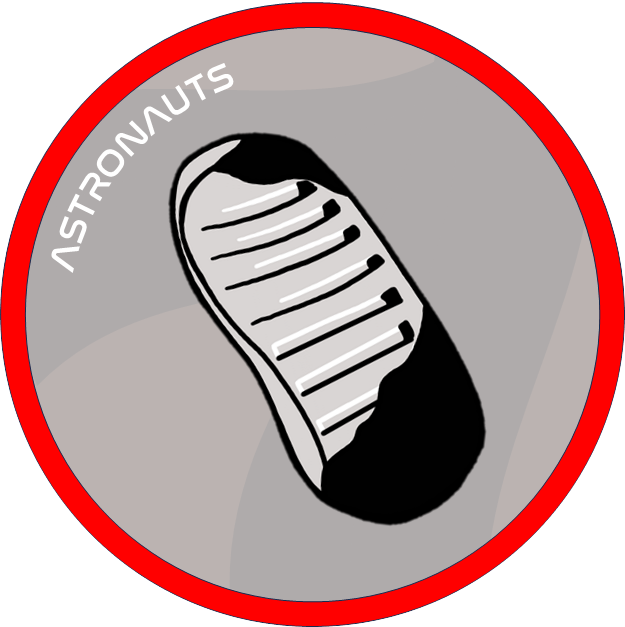
Astronaut Team
Team Head: Loïc Lervilee-Rouyer
The astronauts team handles everything related to the astronaut crew of the Asclepios missions. They are responsible for every step of the recruitment and selection of the crew. Once the crew is recruited, its training (survival, science, communication protocols, teamwork) is their responsibility.
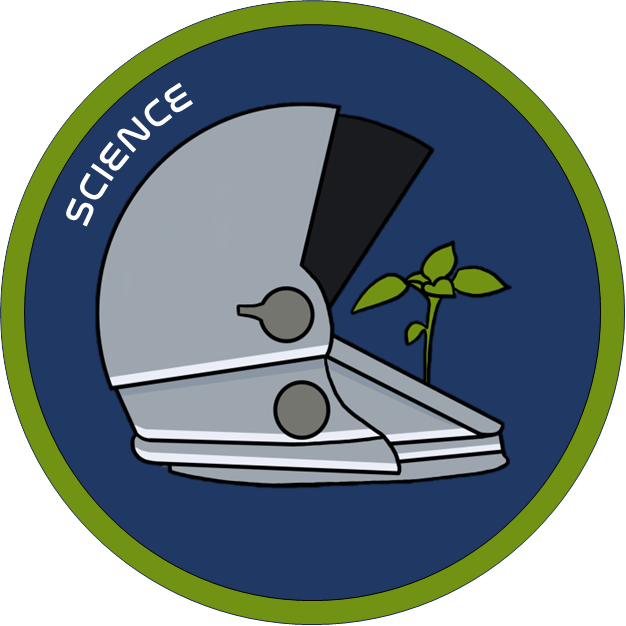
Science Team
Team Head: Nicolas Sepulveda
The Science team interfaces between Asclepios and our scientific collaborators. Each year, the Science team puts out a Call for Projects to solicit proposals from academia and industry for projects to test in the Asclepios mission. Science team members collaborate with Principal Investigators throughout the year to implement their experiments in the mission. The Science team also plans and implements their own experiments..
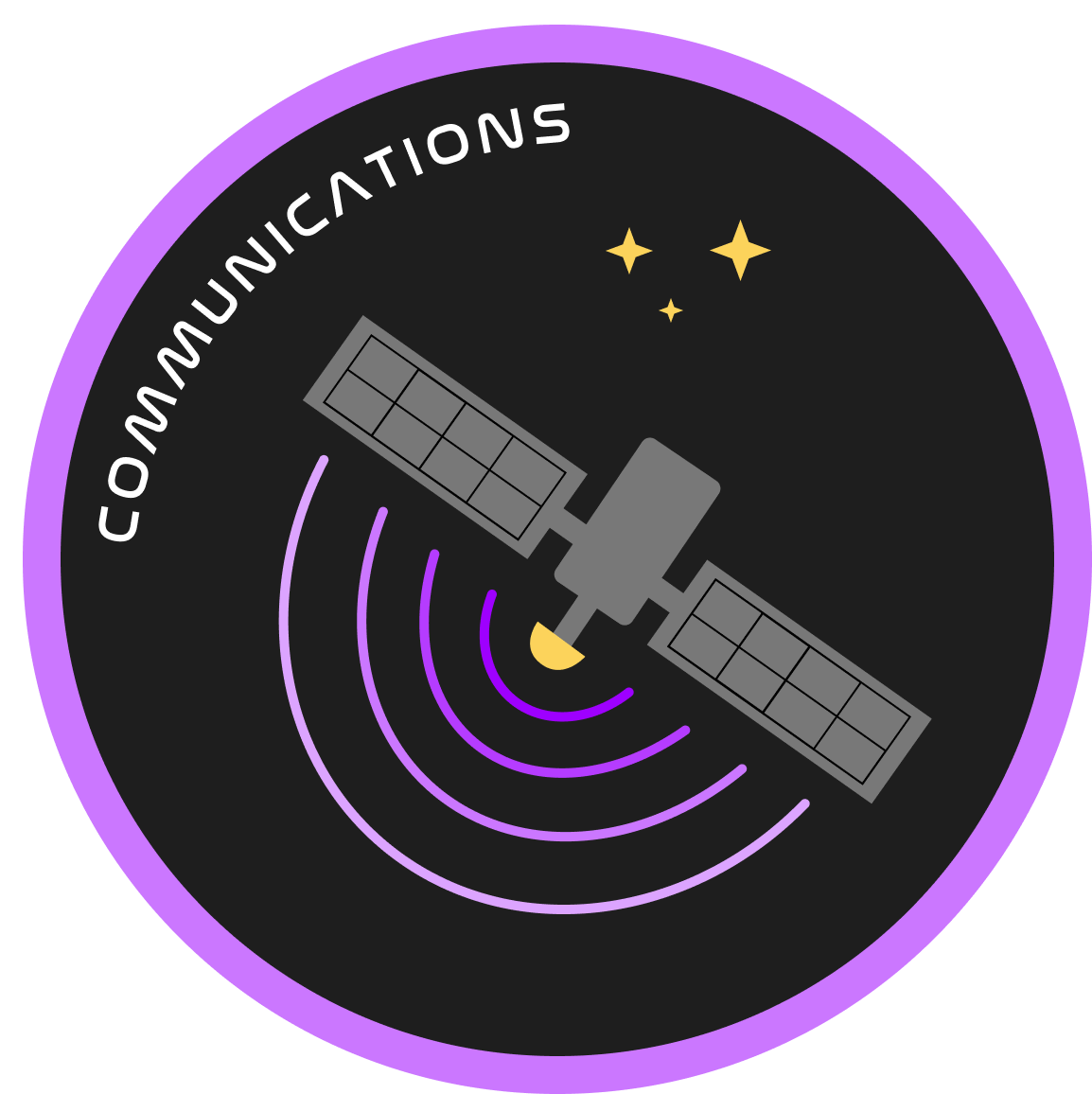
Communication Team
Team Head: Mohhamed Ramzi Aouimeur
The Communications Team shares our work at Asclepios with the rest of the world! This team is responsible for managing the Asclepios social media and website, as well as designing team merchandise and mission and team patches.
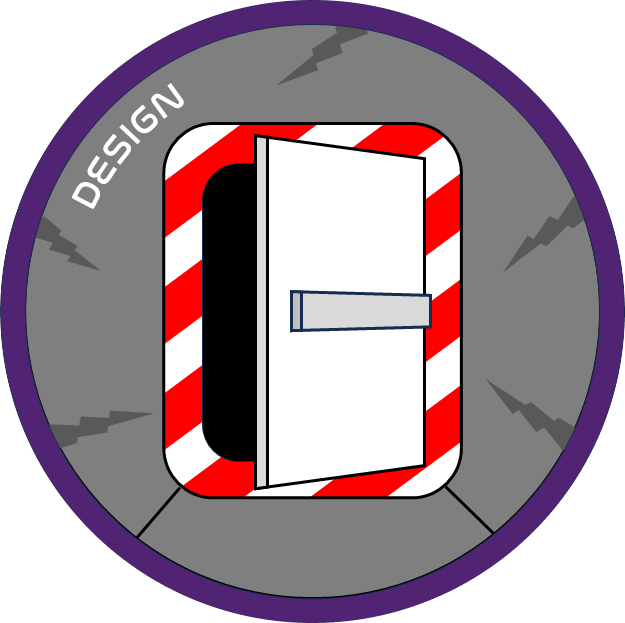
Design Team
Team Head: Nicolas Ortega
The Design Team manages the internal design of our analog lunar base. They work on the base layout, airlock design, spacesuit design and maintenance, and the launch simulation, along with other projects.
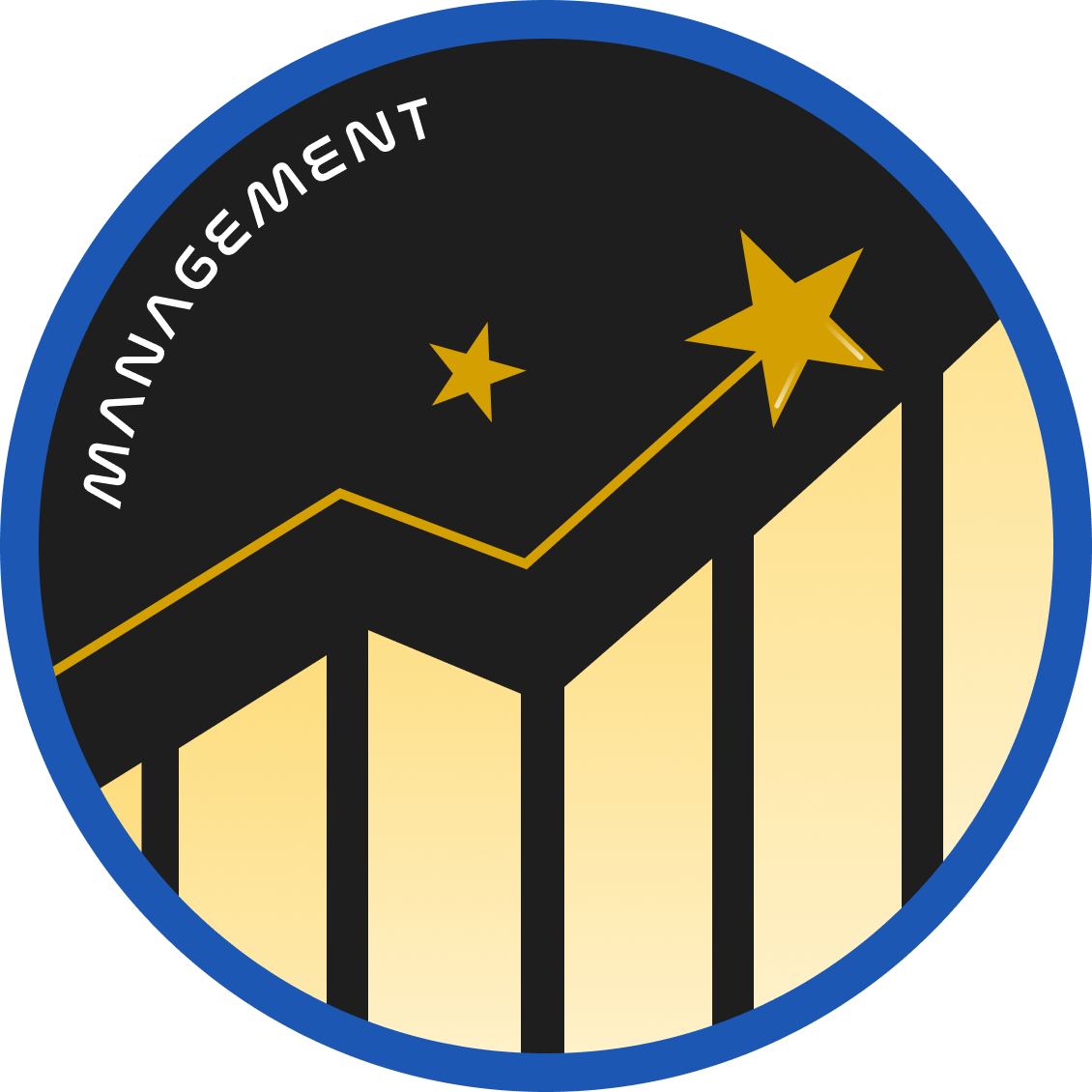
Management Team
Team Head: Veronica Orlandi
The Management Team overlooks everything that ensures smooth functioning of the association, including finance, logistics, and legal departments. They work on the mission budget, partners’ agreements and general logistics for the mission.
Asclepios II Sponsors
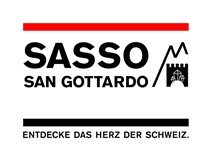
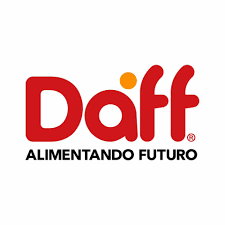
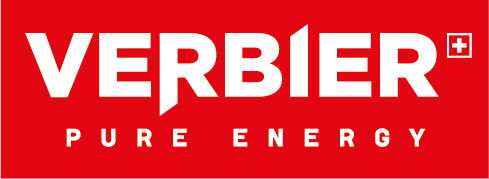
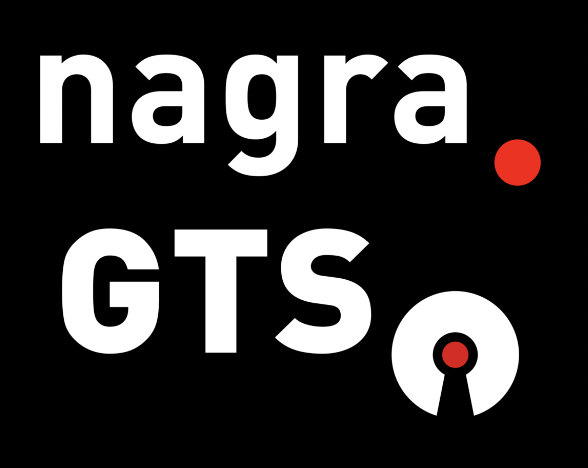


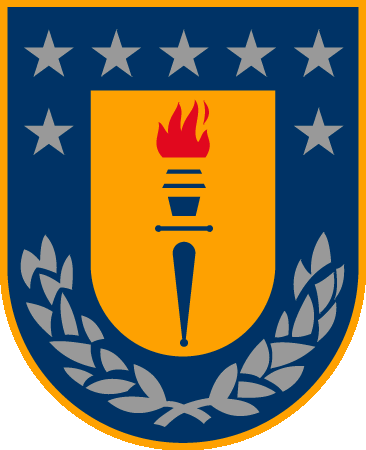




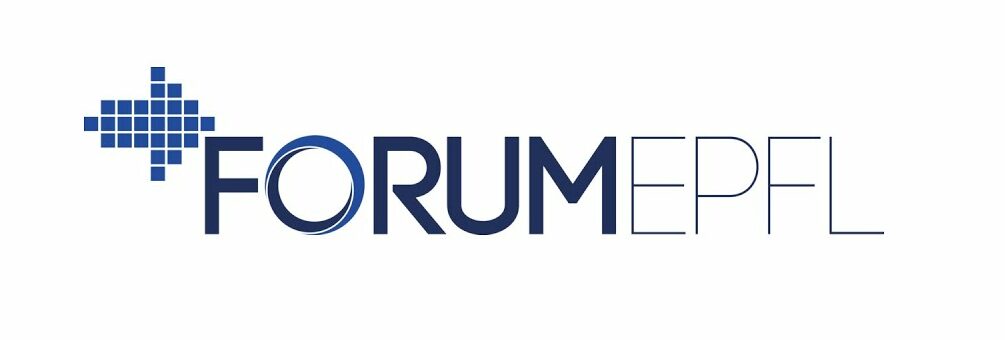
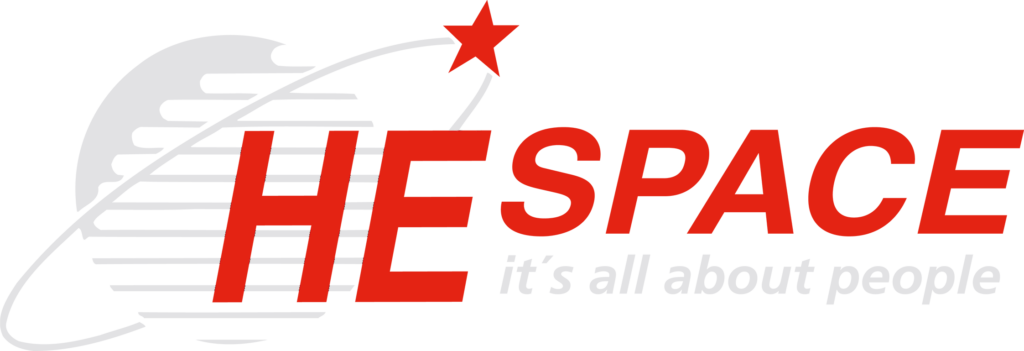

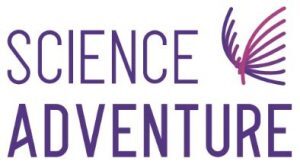
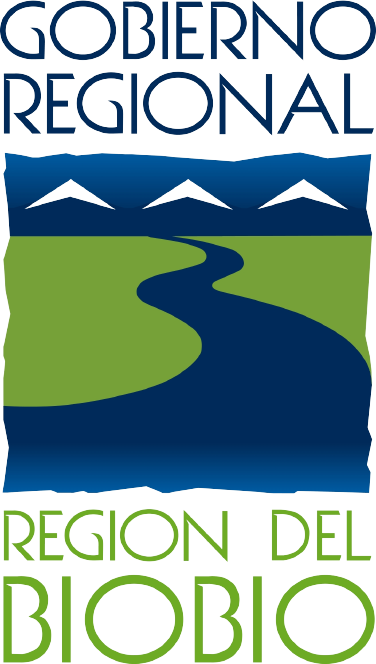
Our Missions
Asclepios V
After four successful missions, Asclepios launched its fifth mission. Nine analog astronauts from around the world have been selected to become the Iris crew and spent up to sixteen days in isolation in the Sasso San Gottardo fortress. The mission brought exciting new features, including crew rotations and a rocket room to simulate the journey to the Moon!
Asclepios IV
The analog mission Asclepios IV, launched in Summer 2024, was a lunar base simulation. The astronauts were students that went through extensive training to master the successful execution of the selected projects and experiments. Upon successful completion of the trainings, six astronauts spent two weeks isolated inside a simulated lunar base, in Switzerland, and took part in extravehicular activities (EVAs).
Asclepios III
Asclepios III, our third analogue mission, was set in a Lunar South Pole environment. A crew of international analogue astronauts were placed in isolation and carried out experiments and EVAs to explore the challenges of space medicine. The mission itself took place at Sasso San Gottardo, Switzerland.
Asclepios I
As the first mission of the Asclepios project, Asclepios I laid the foundation on which the following missions will be built. It served to accomplish the project’s goals as it demonstrated the viability of student led analogue missions. This mission served the purpose of testing the structure chosen for an Asclepios analogue mission but also the project structure itself. It was also oriented towards an ecological and sustainable approach. This was underlined by multiple choices ranging from alimentation to the construction of base structures.
